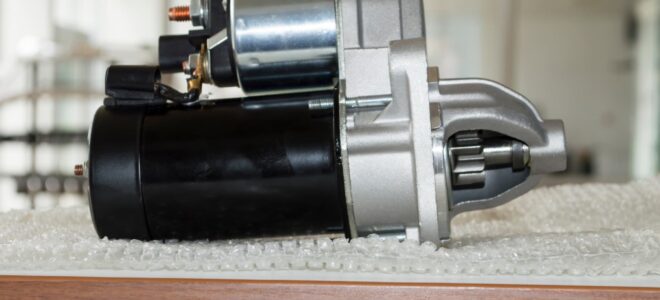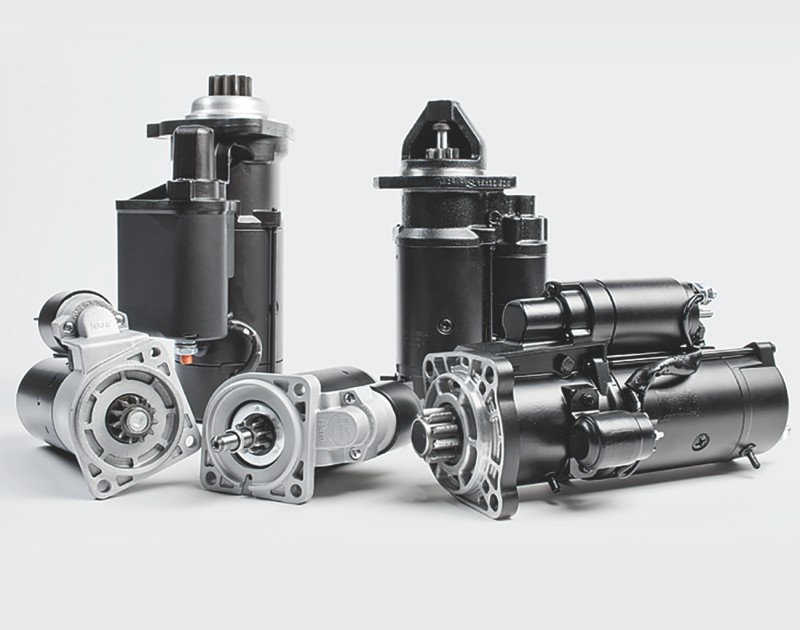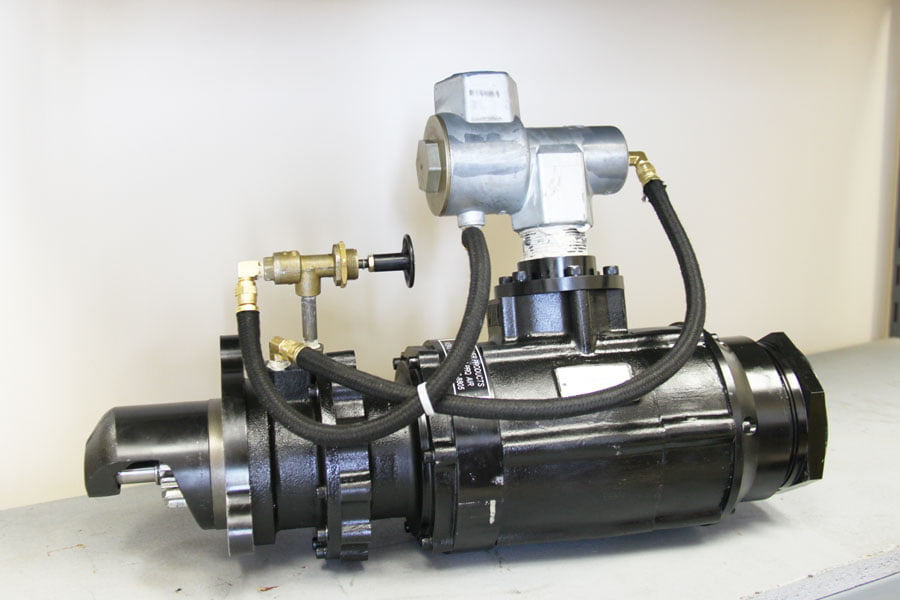
Since the invention of the automobile, starter motors have been a crucial component of our transportation technology. From the earliest gas-powered engines to today’s electric starters, these devices are responsible for getting us on our way.
Over the years, designers and engineers have worked to refine and improve starter motor designs to make them more reliable and efficient.
In this article, we will explore how starter motor technologies have evolved throughout history and what new advances are being made in the field today.
We will look at how various designs work together with engine systems to create powerful yet quiet starting solutions that can get any vehicle up and running quickly no matter what kind of terrain they traverse or weather conditions they face.
Join us as we take a journey through time exploring the evolution of startor motor designs and technologies!
Historical Development of Starter Motor Designs and Technologies

Source: www.mahle-aftermarket.com
The development of starter motor designs and technologies has a long and interesting history. Early engines relied on manual winding to start them, with the first electric self-starter being invented in 1912 by Charles F.
Kettering. This design was made up of an electric motor connected to a Bendix gear that engaged with the flywheel when activated, providing torque for the engine crankshaft.
Since then, starter motors have been developed to be more reliable, efficient, and durable – reducing the amount of time it takes for an engine to turn over while also improving its ability to handle high compression from modern fuel systems. The introduction of electronic ignition also allowed engineers to create lighter starters that could generate higher rotation speeds at lower voltages than those used in older models.
Other advances include improved solenoids for better contact between the starter motor and battery terminals as well as adjustable brush holders which allow engineers to adjust starting torque depending on application requirements without having to change physical components within the starter itself.
As technology continues to evolve so too does our understanding of how best to utilize these essential automotive components; no longer are we limited by traditional designs but rather able to tap into advanced materials and electronics engineering capabilities to create ever more sophisticated solutions tailored specifically for today’s cars and trucks!
Modern Advances in Starter Motor Technology
Modern advances in starter motor technology have seen the development of new and improved designs. The latest models use more powerful motors that are capable of generating higher torque at faster speeds, resulting in quicker starts for vehicles.
Newer starters also feature improved insulation materials, allowing them to operate reliably even under extreme temperatures and humidity levels. Furthermore, advancements in electronics have enabled engineers to design smaller yet more efficient starters with lower power consumption.
This has made them suitable for a variety of applications from automotive engines to industrial machinery. With these modern advances, starter motors are now an integral part of any vehicle engine system and provide reliable starting performance for many years to come.

Source: www.otsautoelectric.com
The Future of Starter Motors
The future of starter motors is an exciting and rapidly evolving space. With the help of advanced technologies, such as artificial intelligence (AI), integrated circuits, and micro-miniaturized components, engineers are now able to design more powerful, efficient starter motors that can be used in a range of applications.
AI has enabled engineers to create models that mimic human behavior by providing better control over motor performance parameters like current draw, voltage output, and speed while still achieving greater efficiency gains than ever before.
Additionally, integrated circuits have allowed for smaller devices with less power consumption than their traditional counterparts. Furthermore, miniaturized parts provide improved protection against dust and water ingress which further improves the durability of starter motors no matter what environment they’re used in.
All these advancements point towards a bright future for this important technology as it continues to evolve into new forms with exciting possibilities ahead.
Conclusion

Source: axleaddict.com
The evolutionary development of starter motor designs and technologies has revolutionized the way we think about starting an automobile. From simple cranking devices to modern solenoids, this technological advancement has made it possible for drivers to start their cars with the push of a button.
Starter motors have become lighter, more powerful, and increasingly reliable over time; they are now integral components in automobiles manufactured around the world.
Though there is still room for further development, advances in starter motor technology have improved both safety and convenience for millions of drivers worldwide.



